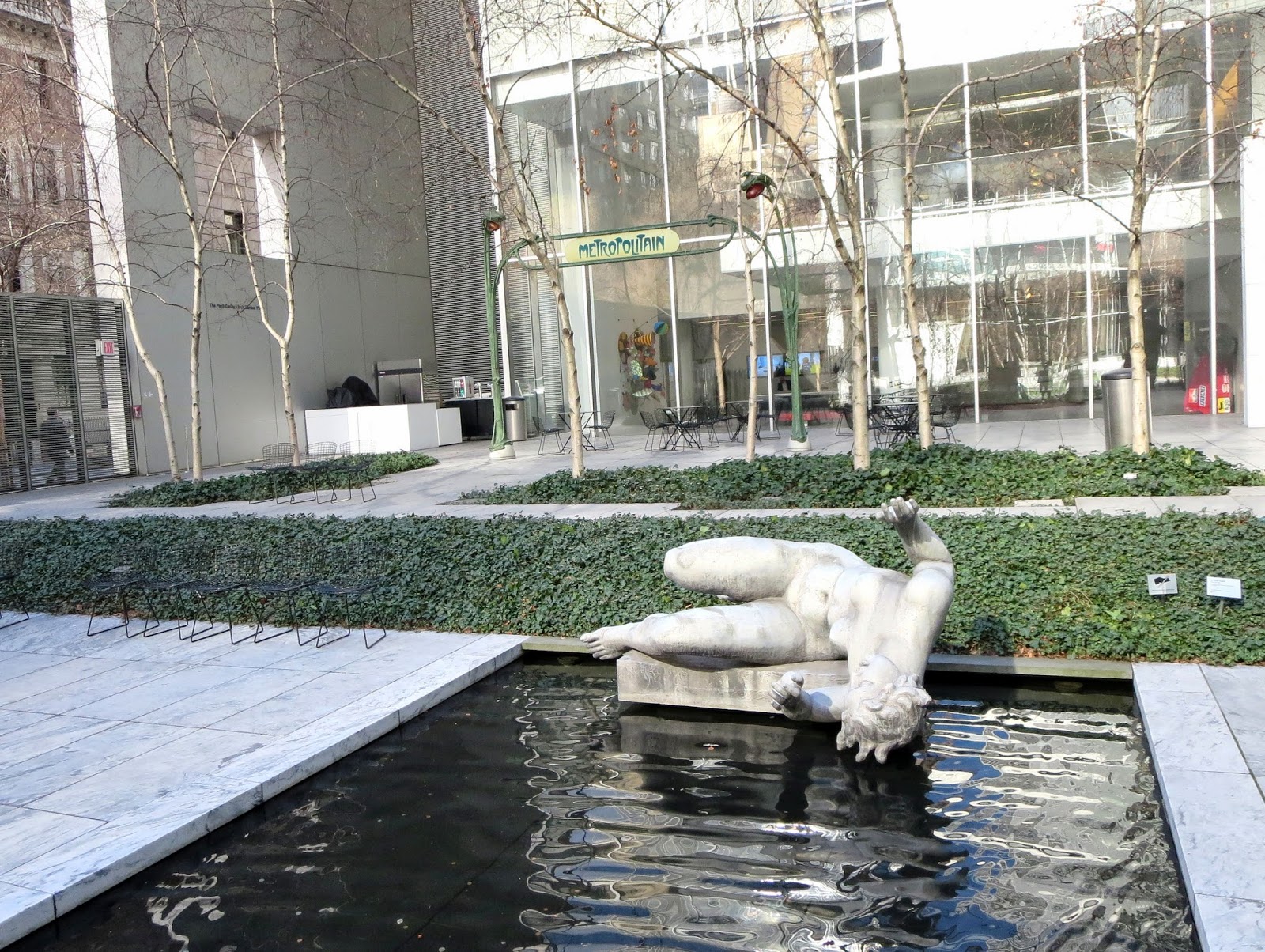
Brooklyn garden has one of the largest and oldest bonsai
collections on public display outside Japan.
The art of Bonsai traces back almost 2000 yrs. The word bonsai
is made up of 2 Japanese characters or word phrases, "bon" &
"sai", " Bon" is the pot , tray or container, the
"sai" is the tree or potted planting. The original word Bonsai comes from the
Chinese word "P'en Tsai" it sounds similar to bonsai and has nearly
the same meaning. Later on in time, the
practice began to spread its reach to all of Asia and was used more in society
among families of royal background.
The art has always been considered a
delicate way to express one’s own
heritage and honor. By the 17th and 18th century
the planting and growing bonsai tree was becoming more commonplace to
the general Japanese public. The art of bonsai was introduced to the U.S. in
the late 19th and early 20th centuries. After the Paris World Exhibition in
1900, the art of bonsai spread like wild fire to many travelers.
Brooklyn Botanic Garden
bonsai collection began in 1925
with 32 potted trees—a gift from American landscape designer Ernest F. Coe.
Mr.
Coe imported bonsai plants from Japan in 1911. He grew the trees for several
years and later, moving to Florida,
donated his collection with 32 potted
trees to the Brooklyn Botanic Garden. Coe
was the founder of the Everglades
National Park in Florida.
The Garden's first bonsai master was Frank Okamura. Frank Masao Okamura was born in Hiroshima in
1911 and moved to California when he
was 13 to join his father. In 1942 he and his family were sent to the
Relocation Camp in the California desert. The family lived there for more than
three years. After the war ended the
family moved to New York. Mr. Okamura worked with Brooklyn Botanic Garden from 1947 until 1981.
 |
| White Pine 62 years |
Emperor Hirohito awarded Mr. Okamura an Order
of the Sacred Treasure medal in 1981 for his work in furthering knowledge of
bonsai. Mr. Okamura taught his students
that practicing bonsai required patience, sensitivity to nature and five
fundamental qualities: humanity, justice, courtesy, wisdom and fidelity.
Today, the collection
consists of approximately 350 temperate and tropical bonsai. Some of the trees
in this world-class collection are well over a century old.
 |
 |
Julian Velasco , curator of Brooklyn Botanic Garden's bonsai
collection, said: "There is a concept behind the shape of every bonsai
that I care for. I started as a nature photographer.I’ve probably hiked and
camped in every major national park in our country. And the challenge is the
same as working with the bonsai: how can you capture the entire emotional
experience of seeing what you see, feeling what you feel, in nature, in a
single shot? When you see the Grand
Canyon or Yosemite, you are taking in the emotion of the place as much as the
visual image, and bonsai is about that emotion, he said. It is the haiku of the
tree world.”
 |
 |
 |
 |
















































